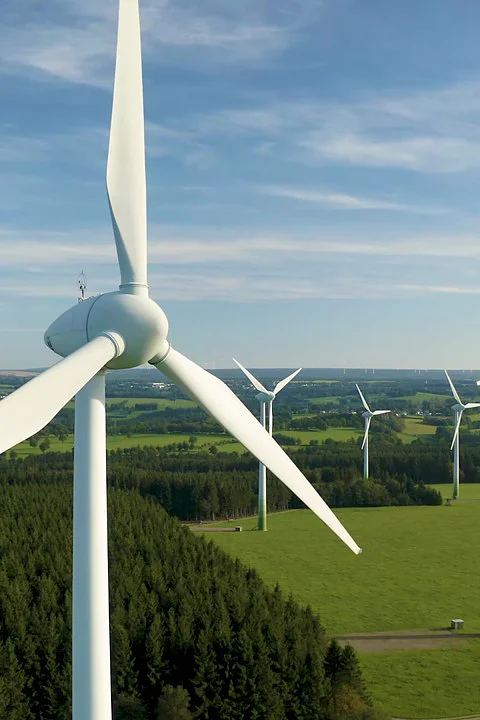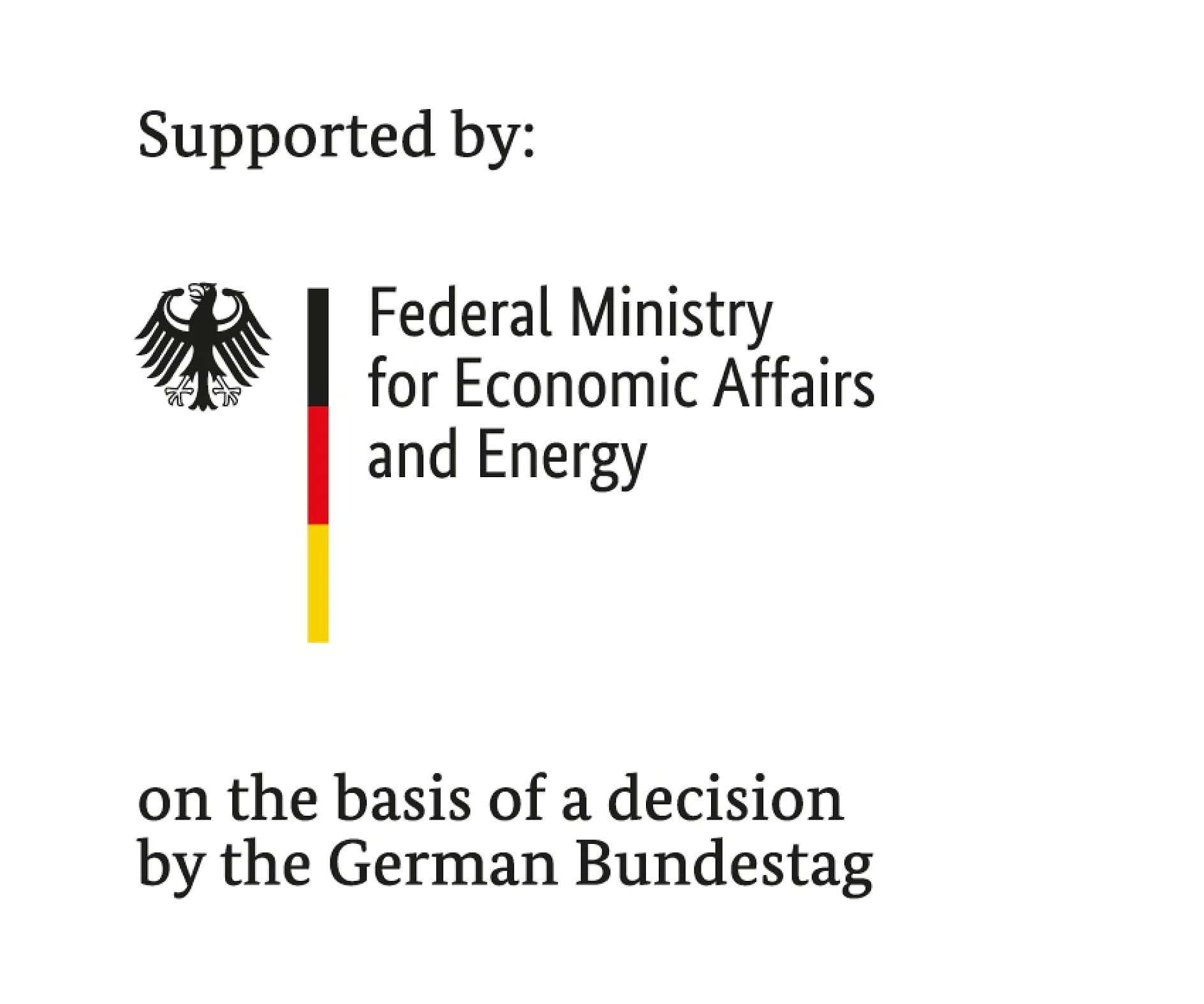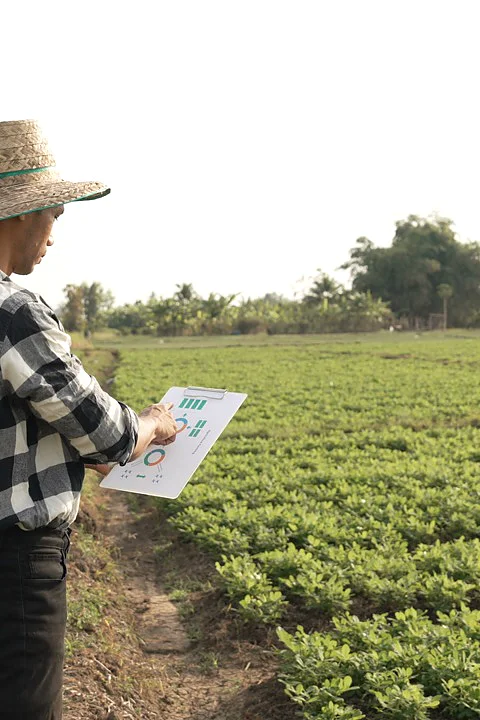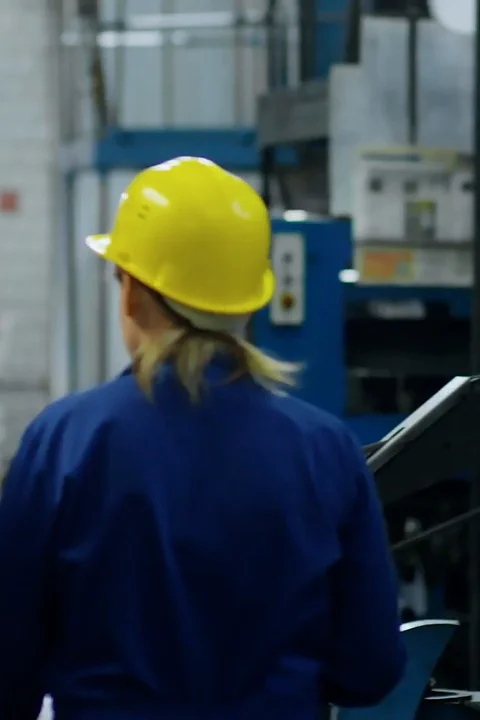The latest science shows that 2024 was the hottest year ever. At the same time, the latest technologies are unlocking fresh ways of mitigating climate change – even in energy-intensive industries like the chemical sector. As a future-facing player within this sector, tesa is investing in state-of-the-art equipment and methods to save energy and reduce emissions at its sites.
We understand that our company’s future is directly connected to the environment we are part of. By taking action to cut the link between growth and emissions, we aim to ensure our license to operate and live up to our responsibility to help tackle climate change. Teams at our sites around the globe are following a holistic approach that is boosting efficiency and accelerating our switch to renewable energy. In this way, we are advancing toward our target of climate-neutral production by 2030. And we completed several highlight projects for this ambitious goal during 2024.

Reduce emissions
Read more








